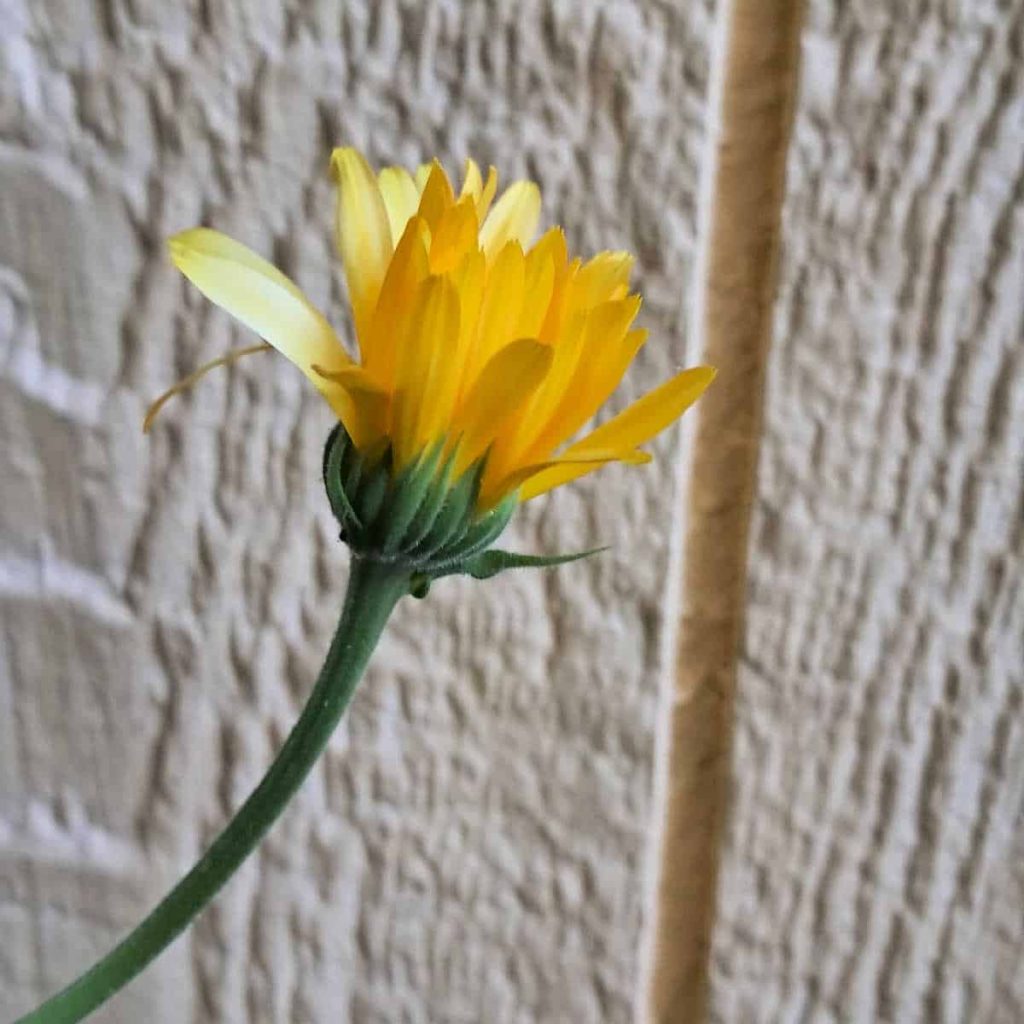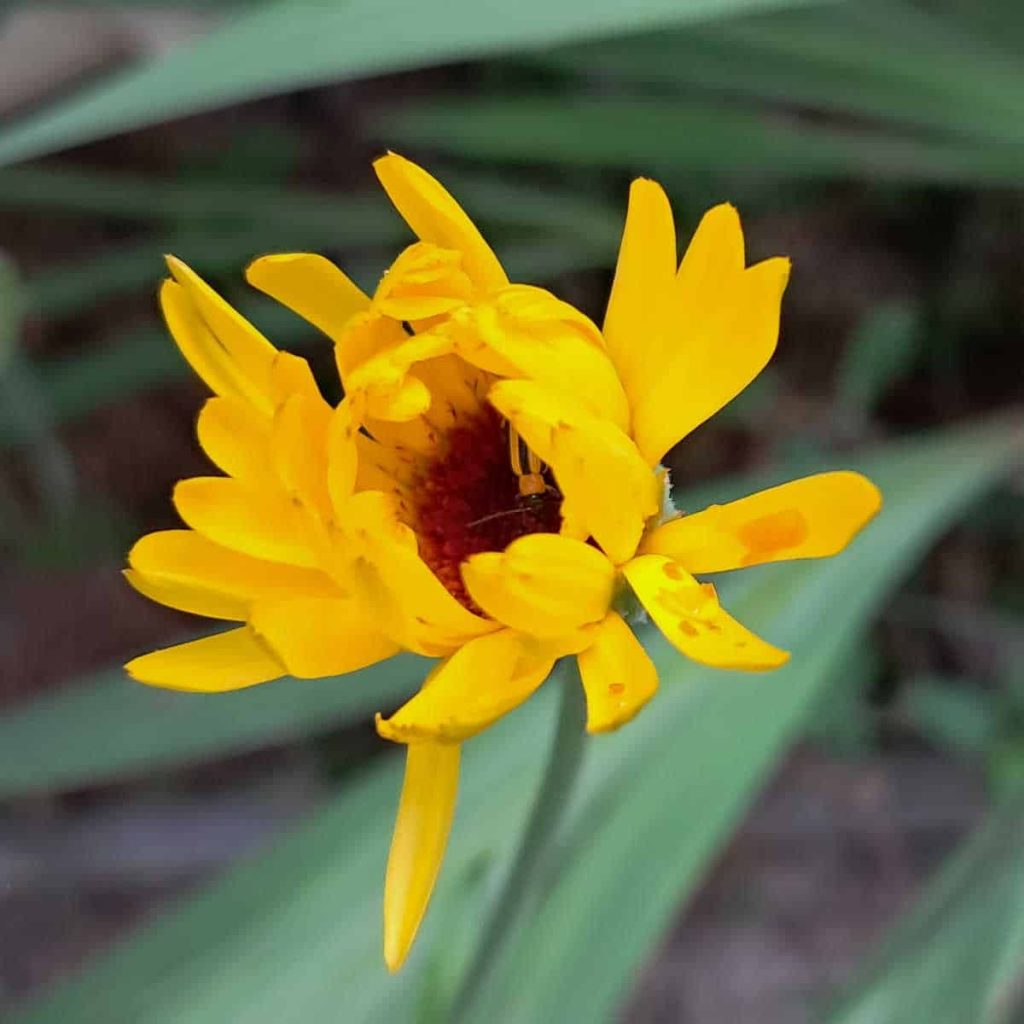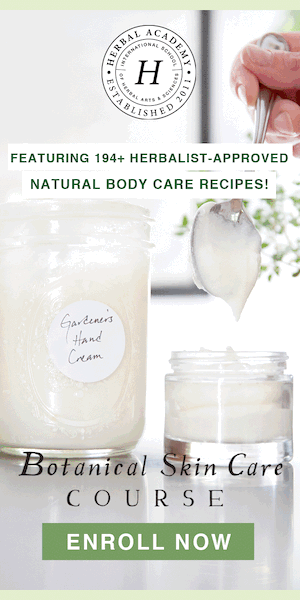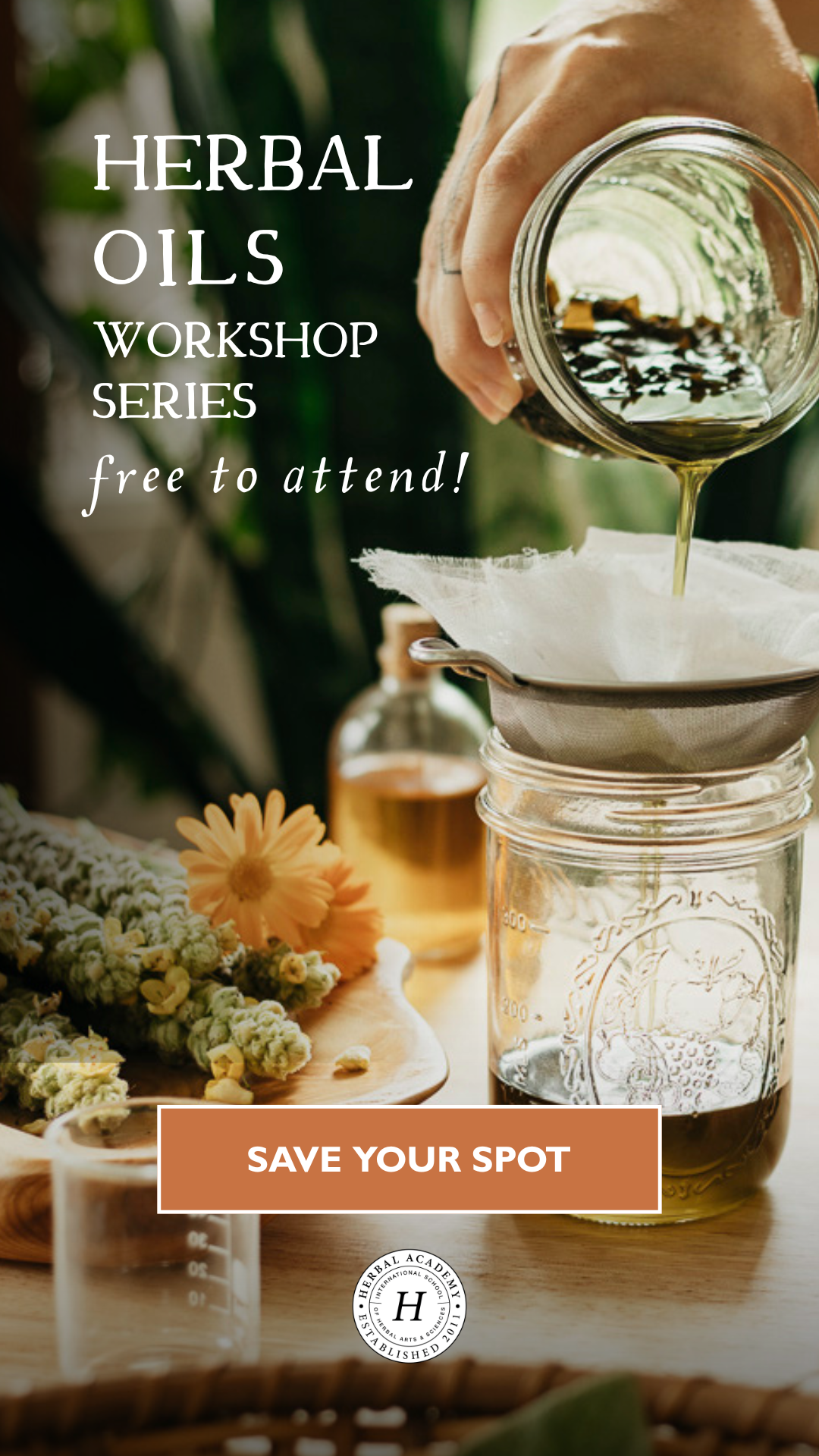Growing calendula is easy! The seeds germinate quickly, and calendula can be grown in pots, containers, or garden beds. Best of all, many parts of this beautiful flower are useful. The petals are edible, and the flowers are used to create many herbal skincare products. Learn more about calendula flowers and how you can grow them in your garden.
Plant Profile: Calendula
Common name: Calendula, Pot Marigold
Botanical name: Calendula officinalis
Light Requirements: Calendula thrives in full sun but can tolerate partial shade, especially in warmer climates where intense sunlight might cause stress.
Soil Requirements: It prefers well-drained soil that is moderately fertile to rich, with a neutral pH around 6.0 to 7.0. While it can grow in poorer soils, richer conditions will encourage more vigorous growth and flowering.
Water Requirements: Watering should be consistent, especially during dry periods. Keep the soil evenly moist while the plant is establishing, but avoid overwatering as calendula does not do well with soggy roots. Once established, it is relatively drought-tolerant.
Fertilizer: Fertilizer needs are minimal. Mixing compost or a balanced slow-release fertilizer into the soil at planting time is usually sufficient. If desired, a light feeding during the growing season can support continued blooming, but excessive fertilization may actually reduce flower production. (I don’t fertilize my plants at all, and I have successfully grown them in almost any soil, including clay soil.)
Calendula is a versatile plant that offers ornamental beauty, attracts pollinators, and has culinary and medicinal uses. It’s a great addition to borders, containers, and vegetable gardens.
A note about the common name of the plant: Calendula also goes by the common name “pot marigold.” Please do not confuse calendula with marigolds!
The common garden marigolds, such as African and French marigolds, belong to the genus Tagetes. For example:
- African marigold: Tagetes erecta
- French marigold: Tagetes patula
The pot marigold, which is often used in herbal remedies and skincare, is from a different genus: Calendula officinalis
Growing Calendula, an Easy Care Flower
Calendula is one of those easy care flowers that makes gardening fun. Growing calendula used to be a given in most cottage gardens. It’s native to Europe, and old European kitchen gardens often featured growing calendula alongside other herbs and vegetables. The flowers are edible. Most people use only the petals, as the green base is very bitter.


Grow Calendula in Pots, Containers, or Garden Beds
You can grow calendula in pots or containers, window boxes, or garden beds. The calendula flowers seen in the pictures with this article are plants I started from seeds. I planted the seeds directly into containers. The only trouble I had was keeping them watered; the containers were shallow and they tended to dry out easily. Look for mini varieties if you want to plant calendula in pots or containers.
- Start calendula from seeds: Calendula is best started from seeds. You can sow the seeds directly into the garden soil in late spring, after all danger of frost is past, or sow the seeds indoors four to six weeks before the last frost date. Seeds usually germinate in 6 to 10 days and will grow rapidly after germination.
- Where to plant calendula: Choose a location in your garden for growing calendula where you don’t mind if the plants sprawl out a bit or self-sow. Calendula is notorious for taking over the garden, but it’s an easy plant to eliminate if you don’t want any more. Even though it is an annual plant, calendula self-seeds easily and freely. You can also collect the seeds easily to grow calendula next year.
- Calendula is great for containers, too! You can grow calendula in the ground or in pots, containers or window boxes.
- Deer-resistant: Calendula is deer-resistant and attracts butterflies and beneficial insects to the garden.
- Colors: Most calendula varieties are shades of orange or yellow. Pink, or orange infused with pink, is also available.
I love growing calendula, and often include it in the garden just because it is pretty. While I have made my own hand salve in the past from the flowers, today I prefer to purchase it. I am including links, below to Herbal Academy courses to help you learn more about using herbs that you grow in your garden, as well as links to calendula products that may be useful.
Recommended Calendula Seeds, Products, and Courses to Learn to Make Herbal Preparations
Home Garden Joy participates in affiliate programs with The Herbal Academy and Amazon. This means that we earn a commission if you purchase something from our links. It does not affect your price in any way. Thank you for supporting Home Garden Joy!
Seeds
- Calendula Pacific Beauty – Large 1 Ounce Packet – 3,000 Flower Seeds for Planting – Calendula officinalis
- Non GMO Bulk Calendula Seeds– Fancy Mix. 26,000 Seeds. Calendula officinalis (1/2 Lb)
- Sow Right Seeds – Bulk Ball’s Orange Calendula Seeds for Planting – 1 Ounce, 2800 Seeds – Non-GMO Heirloom Jumbo Pack
Products
- Boiron Calendula Cream for First Aid, Minor Burns, Cuts, Scrapes, Insect Bits and Sunburn – 2.5 oz
- Pili Natural Calendula Cream – Moisturizing Cream for Rough, Dry, or Chapped Skin (15 oz)
- BenePura Calendula Ointment – Natural Calendula Cream for Burns, Cuts, Scrapes and Wounds – Calendula Salve for Dry Skin








Calendulas are so pretty and cheerful! I haven’t tried growing them, but I like the idea that they might take over my garden just a bit! Bonus!
Wonderful info! I think I want to grow Calendulas just for the healing properties!! Thank you for sharing! #HomeMattersParty
Had no idea about the healing properties. I find this so interesting & love learning about your great gardening tips! #HomeMattersParty
Wow I had no idea they could be made into an oil for dry skin. I use oils for my face since it can get really dry. Now, I’m really interested in growing my own flower and making my own oil. How long do you think the oil lasts? #HomeMattersParty